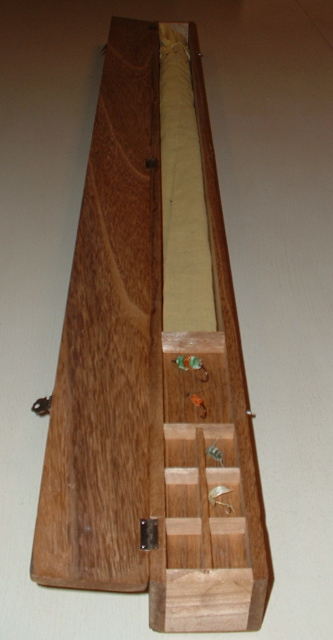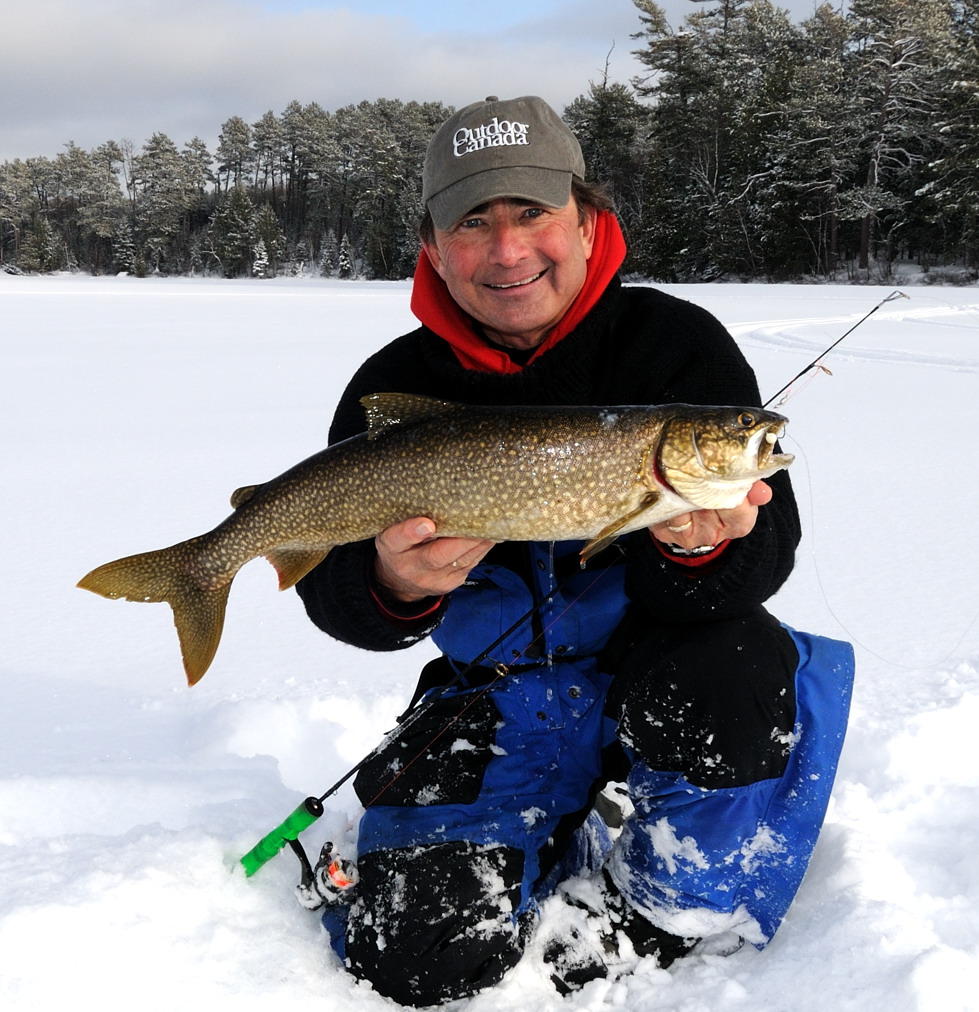Positioning Sense
Question
Hi, I'm new to the game of rugby and I've just newly started playing at a local youth club. What I really would like to know is where each player is supposed to be on the field during play. As a rookie, it's difficult to know which side you're supposed to be on and whether you're supposed to switch sides and when. So basically I end up running around the pitch like a blindman. I usually play as a back-specifically a winger. Also, what drills can you recommend to improve passing and handling skills? Thank you.
Answer
Andrew,
You asked several questions:
1. General positions:
The Pack (Forwards)
Front Row - Consists of two props, #1 and #3, and the hooker, #2. These are the pillars of the scrum. They are strong, and generally squat in stature. The props direct the power of the other forwards into the opposing pack and provide the support for the hooker, who attempts to hook the ball with his feet.
Second Row -The locks, #4 and #5, stabilize the scrum and are the real power behind the push when the ball comes into the scrum. At the lineout, they are usually the tallest and best jumpers.
Loose Forwards - The flankers, #6 and #7, and the eight-man, #8, are often the most mobile and active of the forward pack. On defense, they are always after the ball and usually first to the breakdown (when an opponent goes to the ground with the ball). Offensively, they are usually running with the backs and provide the base for second phase play from the loose ball.
The Backline (Backs)
Scrumhalf -- #9 is the primary field manager of the team. He must work with his forwards to cleanly get the ball and pass it out to his backs to press the attack. The Scrumhalf runs the offense and must communicate with both the forwards and backs. He is the player who puts the ball into the scrum and passes the ball to the backs. The scrumhalf also receives the ball from the forwards in lineouts, rucks, and mauls. In rucks and mauls, the scrumhalf directs the forwards to counter the opposition and retrieve the ball.
Fly half -- #10 is usually one of the more experienced rugby players on the team. After receiving the ball from the Scrumhalf, the Fly half directs the backline attack. He will pass the ball, kick, or run to take advantage of the opponents' mistakes.
Centers -- #12(inside) and #13(outside) are usually the hardest hitting, and best runners on a rugby team. They must tackle like American football linebackers and run like a tailback. They must be skilled both defensively and offensively. In the backline, they are the likeliest to become involved in a ruck or a maul.
Wings -- #11 and #14 are the speedsters of the team. Teams like to get the ball to their wings quickly and let the speedsters have room to maneuver and run. Defensively the wing is often the last player between an opponent and a score and the only protection from an opponent抯 run along the sideline (known in rugby as the touchline). Weak side wing acts as full back when fullback is involved with a play (crashing in the offense, tackling in the defense).
Fullback -- #15 is the rugby equivalent to the free safety. While it may appear he does little, the fullback is one of the most difficult positions on the field. He is the last line of defense between the opposition and end zone. He must make a quick decision to come into a play or hang back, and he is the one who most often makes the lonely last tackle before a score. Offensively, the fullback will join the backline attack to overwhelm the opponent's defense.
2. Responsiblities of the wing:
Major requirements:
The wing is one of those difficult positions. It is a critical position that can win or lose a game. It is also the position most likely to be filled by a new player.
There are several things that a wing must be able to do to be successful. Since the most effective location to make the burst for the score is on the outside, it is very important for the wing to run with speed and determination with the ability to move elusively to avoid being tackled. The wing needs to position himself correctly off the ball to either attack (outside a crashing fullback) or defense (to take the place of a crashing fullback). Because of the need to remain aligned with the rest of the backline and to have the ability to sprint for distance, the wing most possess all round aerobic fitness.
By the time the ball gets to the wing, there is usually pressure from the opposing side, so the wing must be able to handle the ball confidently catching, holding under pressure, and making good passes.
The wing needs to be able to field kicks, as well as making the proper kicks for the situation (tactical- get ball beyond immediate opposition/strategic- get ball down field and to out to touch)
Essential skills:
Running:
-To run with pace and determination carrying the ball
-Possess the ability to run with the ball with control and be elusive-change pace, swerve, change step, side step, change direction
-To run with body angle slightly forward
-To run with arm in a position to fend off
Position:
-To possess knowledge and skill of positioning for defense and attack
-To alter position on the field quickly and to do it all game
-To avoid distractions and to possess the mental concentration necessary for these tasks
-To know then variations possible at scrum, lineout, 22 drop, kick off, and penalty kicks
-To know his position in various back line moves
Handling:
-To be able to catch and receive a ball correctly and at pace
-To give a pass - speed of pass, body position, length of pass, height of pass, in front of chest of receiver
-To hold the ball correctly with two hands is essential. If using one, place ball in outside arm - leaving inside field arm free to fend off the opposition.
-Know how to protect ball in maul or tackle and how and when to release it to make it available
-To stand in tackle if needed
-To throw in at the line-out if necessary
-To field any ball in air or on ground, going forward and backwards
Kicking:
-To be able to kick accurately with both feet
-To execute a variety of kicks - chip and grubber, cross or centering kick, clearing kick to space, to touch, feint and drop kicks
-To toe ball ahead and chase/retrieve under pressure
Contact:
-To tackle effectively from front, rear and side
-To fend off and to burst through tackles
-To retain possession in contact
-To position body for a drive
-To fall on ball quickly and regain feet
NOTES:
-It is the wing抯 job to score tries, and finish off play decisively.
-The wing must be hungry for the ball and look for work.
-The wing must value the positioning and repositioning work he does off the ball, which can create opportunities and deny them for the opposition - again, be hungry and look for work.
-The main task of the wing is also to prevent tries from being scored against his team.
-The wing must make the ball available when necessary.
-The wing must run with pace, skill, power, and conviction.
3. The basics of passing:
PASSING
There are five components of a good pass
1. Foot location
2. Eye contact
3. Upper body movement
4 Ball position
5. Ball movement
For most positions in most circumstances, the standard 損ush?pass is the best option. A push pass is where the ball is brought across the front of the body with the rear hand providing the force and the forward hand supporting the ball.
The purpose a 搒pin?pass is to make passes that must go a long distance quickly.
The primary difference between the spin pass and the push pass is that the ball does a controlled roll off the hand and twist of the wrist. It is the rolling/twisting action from the rear hand that gives the ball its spin. Many American rugby players have a significant problem switching from the football two handed lateral to the spin pass.
The skill for a spin pass is fairly simple to learn, but takes practice.
-First you need to learn to control the roll. Hold your arm with forearm parallel to the ground. With the ball in your hand (centerline of the ball perpendicular to the centerline of your hand) curl your fingers, hand, and wrist around the ball to the extent possible. Lower your forearm and simultaneously uncurl your hand and allow the ball to roll from your hand. While it is not natural, focus on keeping your hand inline with your forearm.
-Second you need to learn to control the roll and propelling the ball at the same time. The following action is similar to bowling or a softball underhanded pitch. With the ball curled in your hand like above, but your arm now hanging, swing your arms forward and make an underhanded pass. Using a target, focus on the roll of the ball at the same time the hand is moving. You will discover with practice that you will have more accuracy when your uncurled fingers are pointing to the target.
-Essentially you now have a vertical spin pass that is off minimal utility. Now you take the skills above to make the pass horizontal. There are several modifications to positioning from above. Hold the ball with your throwing hand perpendicular to the ground with the forearm pretty much parallel to the ground. Instead of placing the centerline hand on the centerline of the ball, merely ensure that the entire hand is on the lower half of the ball. Initially your palms will be in contact with the ball; however, over time you will discover more control using only your fingers on the ball. Keeping the forearm relatively parallel to the ground and holding the ball perpendicular to the ground in one hand, cock the pushing hand back. Now flick your hand forward, uncurling your hand as it goes forward. The ball will naturally roll off your with a spin. Practice will give you accuracy and speed.
-Still, a single handed fling is not a pass. Use the above technique, but now tilt the ball forward so that it is around 45 degrees from the ground. Now add a twisting motion at the wrist with the thumb rotating to the inside. This will give more power to the twisting action of the ball, and allow better control. Now practice the single hand pass. You will find it is easier to have the arm bent and the elbow up.
-The missing other hand is now used. Its primary job is to provide support to the ball. While this hand should move the ball as it is being rotated by the passing hand, it really should not contribute significant to the power of the pass.
Your standard spin pass should now be thus:
- Ball held in both hands (you should have already been coached on how to how the ball)
- Passing arm is cocked back with passing hand on the top outside of the ball with the fingers pointed sort of downward. The support hand is on the bottom inside of the ball.
- The ball is brought horizontally across the body with the rear hand providing the push with tip tilted forward towards your target.
- As the ball is coming across start the rotation/twist of the ball with your passing hand. Your support hand is primarily ensuring that you do not drop to the ball.
- Once you release the ball, follow through with the hands.
Thank you,
Deane Shephard
Stuttgart RC
rugby in my area
Stationary Tackle


